This quilt was traded to Alex Manor for some chickens. It was made on the Crow Creek Reservation of South Dakota. It was stolen and turned up in a pawn shop. Alex' sister, Hattie Anderson, kept the quilt and it was passed down through her family. In 1975 the quilt was taken back to the reservation in an attempt to decode the pictures. It is said that the story begins in the upper right corner and ends in the lower left corner and tells tales of hunting and Indian family life.
The Pictograph quilt was made c. 1900 and is 70" x78" It is made from cottons and is hand appliqued and quilted.
Pictograph1 - 80 pieces non-rotating
Pictograph2 - 72 pieces rotating
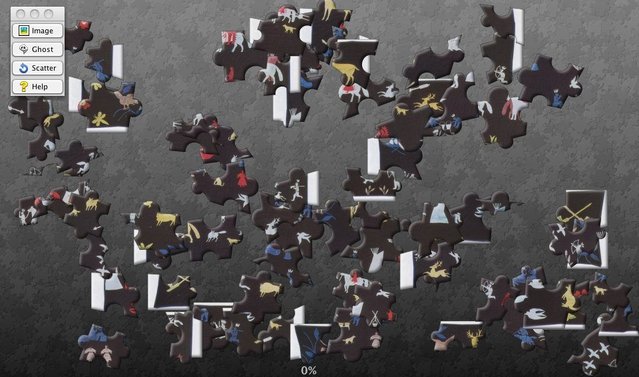


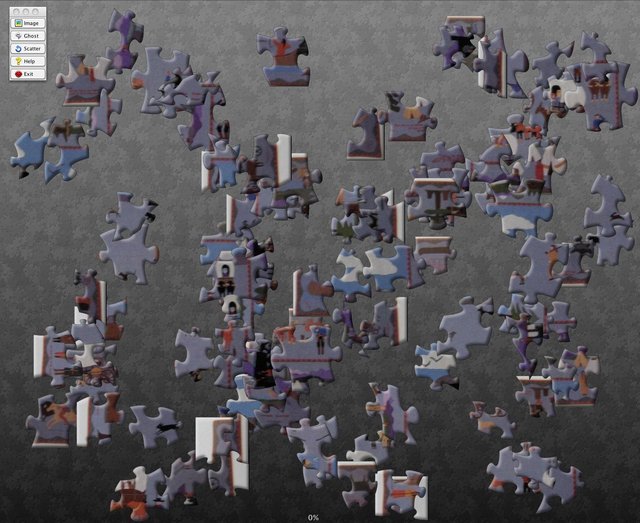
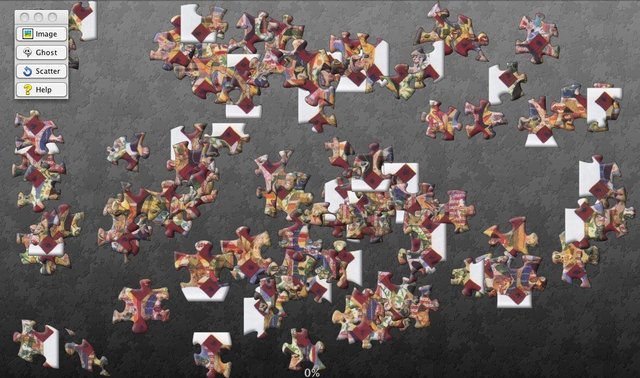
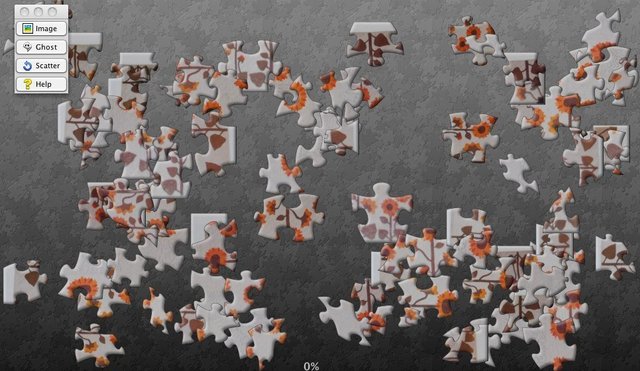
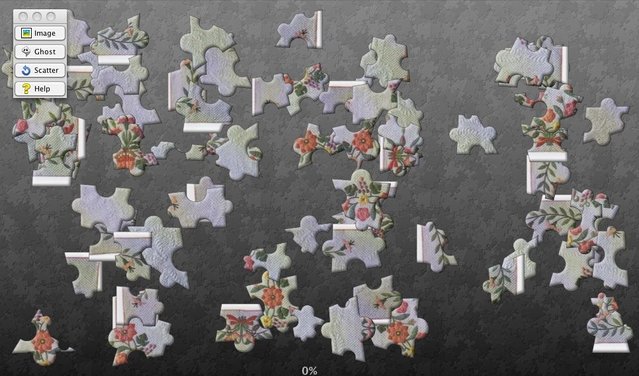
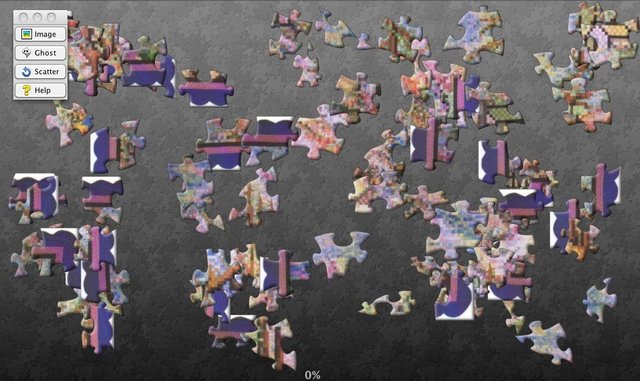


.jpg)


